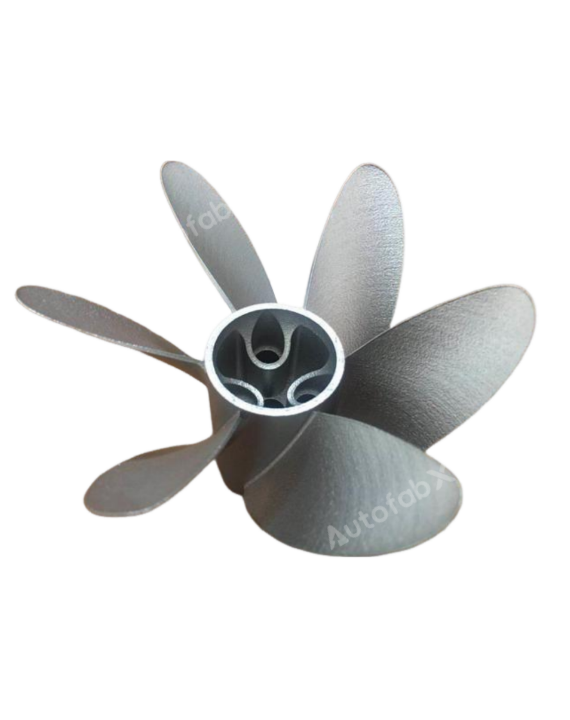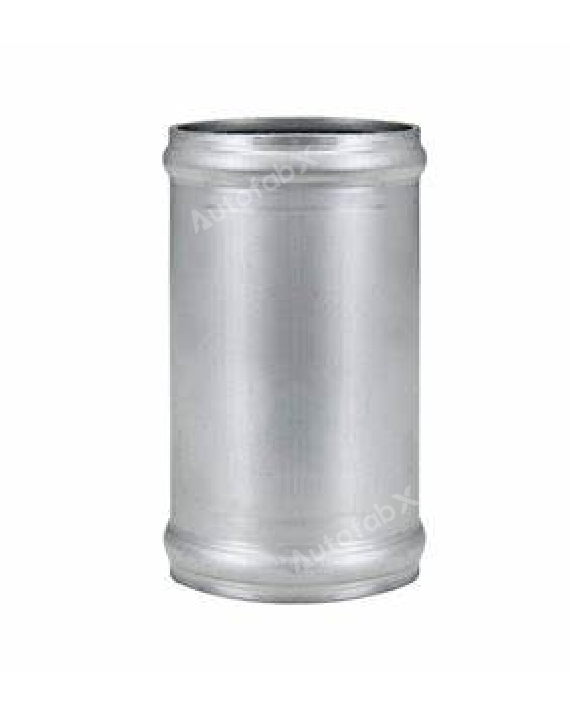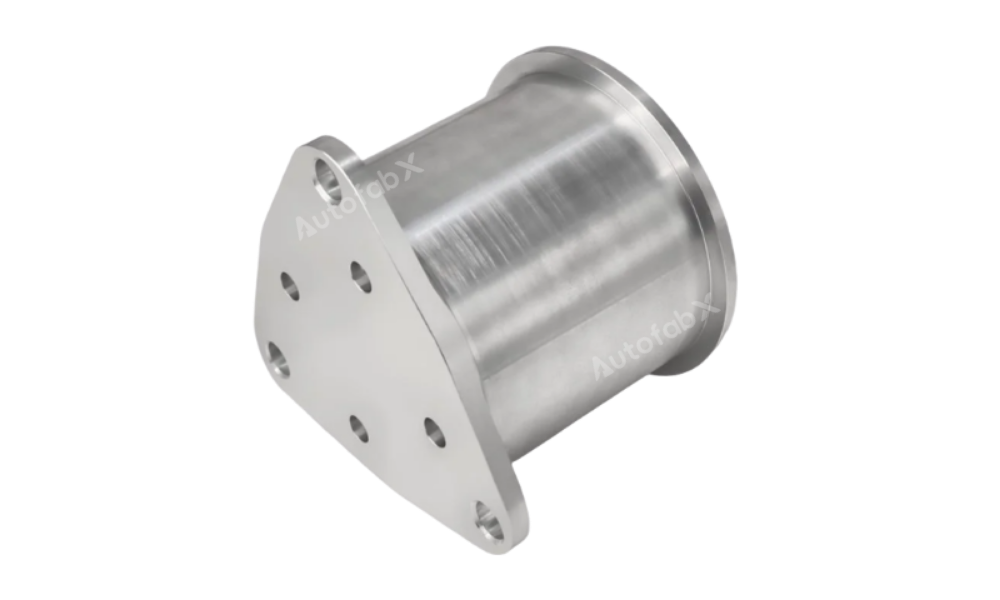
Quick Look
| Density(g/cm³) | Tensile Strength | Young's Modulus | Elongation at Break | Glass Transition Temperature |
|---|---|---|---|---|
| 2.7 | 310MPa | 180MPa | 8% | 200℃ |
About the Material
Advantages:
High Strength-to-Weight Ratio: With a density of 2.70 g/cm³, 6061 is a lightweight material, which is crucial in industries like aerospace and automotive.
Excellent Machinability: 6061 has good machinability, allowing it to be easily processed using conventional methods like turning, milling, and drilling.
Corrosion Resistance: It performs well in environments exposed to moisture, air, and chemicals, making it ideal for applications in the marine, automotive, and construction industries.
Good Mechanical Properties: 6061 has excellent fatigue strength, making it suitable for parts subjected to repeated loading and unloading cycles.
Limitations:
Low-Temperature Brittleness: The SLM process can create residual stresses in parts, which may require heat treatment to relieve.
Stress Corrosion: Susceptibility to stress corrosion cracking in certain environments.
Wear Resistance: Lower wear resistance compared to steel or harder materials.
Chemical Composition Table for Aluminum(6061)
| Element | Composition (%) |
| Aluminum (Al) | Balance |
| Silicon (Si) | 0.4% - 0.8% |
| Magnesium (Mg) | 1.0% - 1.5% |
| Iron (Fe) | ≤ 0.7% |
| Others | ≤ 0.05% |
Mechanical Machining Properties Table for Aluminum (6061)
| Property | Value |
| Machinability Rating | Good |
| Cutting Speed (m/min) | 100-300 |
| Tool Wear Resistance | High |
| Coolant Requirement | Recommended |
| Surface Finish Quality | High |
Design Parameters Table for SLM Printing with Aluminum (6061)
| Maximum Bulid Size(mm) | Minimum Wall Thickness | Minimum Drill Size | Minimum Assembly Gap | Tolerance |
| 250x250x320 | 1mm | 1mm | 0.1-0.5mm | ±0.2% *Length(lower limit of ±0.2 mm) |
Industry Applications and Case Studies for SLM Printing with Aluminum (6061)
Aerospace Industry:
Application: Production of lightweight structural components.
Case Study: By using SLM printing with Aluminum 6061, a leading aerospace manufacturer created lightweight brackets and mounting components, reducing weight while maintaining strength and stiffness.
Medical Industry:
Application: Customized surgical tools.
Case Study: A medical device company used SLM to produce custom surgical handles and orthopedic surgical tools from Aluminum 6061, for better handling and sterilization.
Marine Industry:
Application: Boat parts and structural elements
Case Study: A marine manufacturer used SLM printing with Aluminum 6061 to create boat brackets, rudder components, and structural frames, helped reduce weight while maintaining strength and resistance to corrosion.
Frequently Asked Questions (FAQs) about SLM Printing with Aluminum (6061)
What are the benefits of using 6061 in 3D printing?
6061 offers lightweight and strong components, corrosion resistance, excellent mechanical properties, and the ability to produce complex, customized parts.
Is 6061 suitable for functional parts?
Yes, Aluminum 6061 is an excellent choice for functional parts in 3D printing due to its strength, durability, corrosion resistance, and versatility.
What industries benefit from SLM printing with 6061?
SLM printing with Aluminum 6061 provides a wide range of advantages, especially for industries that require lightweight, strong, and corrosion-resistant components. These benefits are crucial in fields like aerospace, automotive, medical, marine, industrial manufacturing, energy, and more.
How accurate is SLM printing with 6061?
SLM printing with AlSi10Mg can achieve tolerances of ±0.1 to ±0.3 mm, suitable for most functional and high-precision applications.
What post-processing is required for 6061-printed parts?
Post-processing may include stress relief, machining, surface finishing, heat treatment, powder removal, and coating.
Can 6061 be used in high-temperature environments?
Aluminum 6061 can typically be used in environments with temperatures up to around 150–200°C without significant loss of mechanical properties.
How strong are 6061-printed parts?
6061-printed parts made using SLM (Selective Laser Melting) can achieve good strength properties, but the final strength depends on factors like printing process, post-processing treatments, and part design.
Finishing Options

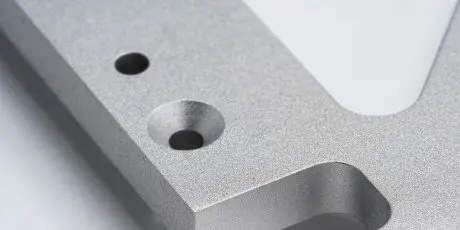


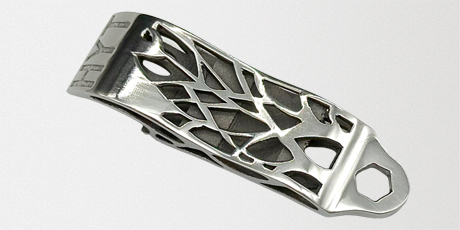
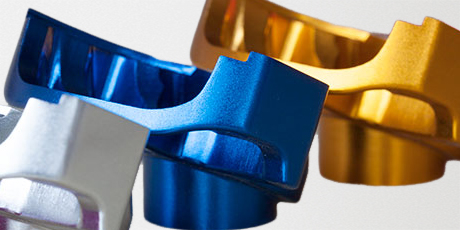






Parts Made by AutofabX
